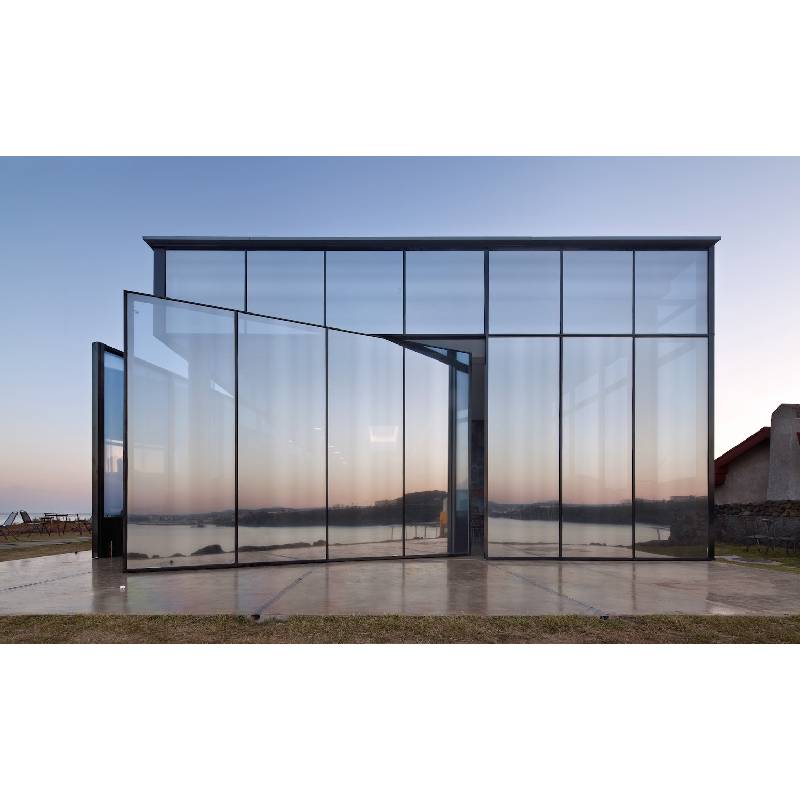

The Unique Properties and Applications of Transparent Float Glass
Transparent float glass, a marvel of modern manufacturing, has become a ubiquitous material in various industries. Its clarity, uniform thickness, and versatility make it an ideal choice for a multitude of applications, ranging from architectural to automotive uses. Understanding the composition, manufacturing process, and diverse applications of transparent float glass reveals why it is so integral to our daily lives.
What is Transparent Float Glass?
Transparent float glass is produced through a meticulous process that involves the floating of molten glass on a bed of molten tin. This method yields glass that is not only optically clear but also possesses a smooth surface and uniform thickness. The term float refers to the way the glass floats on the tin, allowing for a flat, distortion-free surface. The high quality of transparent float glass is a result of its composition, which typically includes silica sand, soda ash, and limestone. Various additives can be introduced to enhance specific properties, such as UV resistance or thermal insulation.
Manufacturing Process
The manufacturing of transparent float glass begins with the melting of raw materials in a furnace at temperatures reaching 1,700 degrees Celsius (about 3,092 degrees Fahrenheit). Once the mix reaches a molten state, it is poured onto the tin bath, where it spreads out evenly. As it cools, it solidifies into flat sheets. The thickness of the glass is controlled by adjusting the flow rate of the molten glass and the speed at which it is drawn off the tin. The resulting product is then annealed in a lehr, which helps to relieve internal stresses, ultimately enhancing its durability.
Applications of Transparent Float Glass

The applications of transparent float glass are vast and varied. In the architectural domain, it is widely used in windows, facades, and skylights, offering natural light while providing insulation and energy efficiency. The transparency of float glass allows for unobstructed views, making it a popular choice in modern building designs where aesthetics play a significant role.
In the automotive industry, transparent float glass is essential for windshields, side windows, and rear windows. Its clarity and strength ensure the safety and comfort of passengers while enhancing the overall appearance of vehicles. The use of laminated and tempered variations of float glass in vehicles adds an extra layer of safety, preventing shattering and increasing impact resistance.
Furthermore, transparent float glass finds its place in the manufacturing of various consumer products. It is used in displays, glass furniture, mirrors, and even in the production of glass containers for food and beverages. The durability, ease of fabrication, and aesthetic appeal of float glass make it a preferred choice for designers and manufacturers alike.
Environmental Considerations
In recent years, there has been a growing awareness of the environmental impact associated with glass production. Fortunately, transparent float glass is highly recyclable, and the recycling process is both efficient and sustainable. By reusing cullet (recycled glass), manufacturers can significantly reduce energy consumption and raw material use, thereby minimizing their ecological footprint.
Conclusion
Transparent float glass is not just a functional material; it is a symbol of innovation and versatility. Its unique properties allow it to serve a multitude of purposes across diverse fields. As technology advances, the potential for improved formulations and applications of float glass remains promising. Whether used in stunning skyscrapers, the latest vehicles, or everyday household items, transparent float glass continues to enhance our lives, transforming the way we interact with our environment.